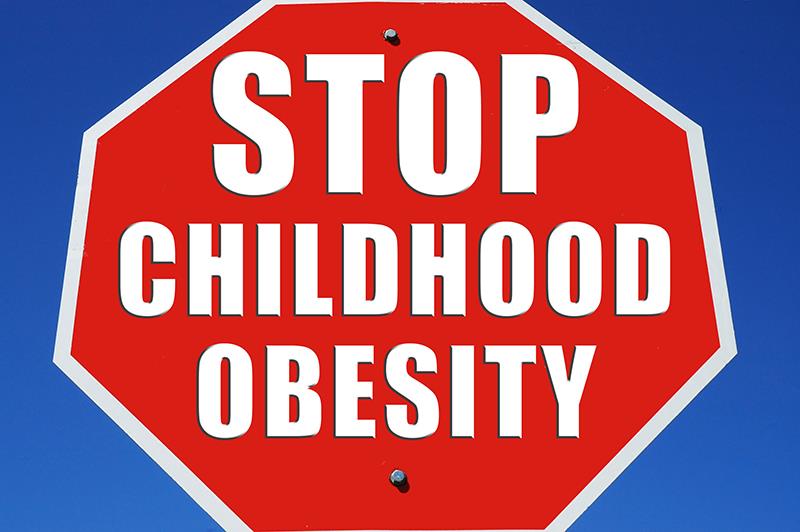Liraglutide induces weight loss in kids with obesity





Adding once-daily subcutaneous liraglutide to lifestyle interventions reduces BMI in children aged 6 to <12 years with obesity, according to the SCALE Kids trial presented at EASD 2024.
“Obesity in childhood is a chronic, progressive disease that is often associated with significant comorbidities. Unfortunately, the backbone of [obesity] treatment, lifestyle therapy, is often insufficient in achieving a clinically meaningful BMI reduction,” said lead author Professor Claudia Fox from the Center for Pediatric Obesity Medicine, University of Minnesota Medical School in Minneapolis, Minnesota, US.
“In the US and EU, liraglutide 3.0 mg is approved for chronic weight management in adolescents and adults with obesity … [However, there are currently] no FDA*- or EMA**-approved medications for children aged <12 years,” she stated.
The SCALE Kids is the first randomized, phase III trial to examine the efficacy and safety of liraglutide 3.0 mg for treating obesity in this patient population, noted Fox.
This double-blind, multicentre, placebo-controlled, phase IIIa SCALE Kids trial analysed 82 children (mean age 10 years, 53.7 percent male) who had a mean BMI of 31 kg/m2, mean body weight of 70.2 kg, and mean waist circumference of 95.3 cm. Baseline HbA1c levels were within the normal range at 5.4 percent. Participants were randomized to receive either once-daily subcutaneous liraglutide 3.0 mg or the maximum tolerated dose (n=56) or placebo (n=26) for 56 weeks, in addition to lifestyle interventions (reduced-calorie diet and increased physical activity).
At 56 weeks, the liraglutide group showed a 5.8-percent decrease in BMI from baseline, whereas an increase of 1.6 percent was observed in the placebo group (estimated treatment difference [ETD], -7.4 percent; p=0.0005). [EASD 2024, abstract LBA13]
In addition, only 1.6 percent of the liraglutide-treated patients gained weight compared with 10 percent of the placebo-treated patients (ETD, -8.4 percent; p=0.001).
Significantly more liraglutide recipients also achieved a BMI-reduction threshold of ≥5 percent from baseline to week 56 than placebo recipients (46.2 percent vs 8.7 percent; odds ratio [OR], 6.3; p=0.018).
It was also observed that 34.6 percent of patients in the liraglutide group achieved a threshold of ≥10-percent reduction in BMI, while only 4.3 percent of those in the placebo group achieved this threshold. “[This result was] 8.2 times greater with liraglutide compared with placebo,” Fox noted.
Although not significant, liraglutide recipients also showed a greater reduction in waist circumference than placebo recipients (-2 vs 1.3 cm; p=0.27).
Cardiometabolic, glycaemic risk factors
Patients treated with liraglutide had reduced systolic and diastolic blood pressure (BP) compared with those treated with placebo, though the difference was only significant for diastolic BP (-1.2 vs 3 mm Hg; p=0.0497).
There was also a significant reduction in HbA1c level observed with liraglutide compared with placebo (-0.2 vs -0.1 percent; p=0.0433).
“The overall results showed that liraglutide 3.0 mg was superior to placebo with respect to change in BMI and body weight and the proportion of participants with [≥5 or ≥10 percent] BMI reduction, … as well as improvements in diastolic BP and HbA1c,” said Fox.
Safety profile
The overall rates of adverse events (AEs) were similar between the liraglutide and placebo arms (89.3 percent vs 88.5 percent).
However, liraglutide was associated with a higher rate of serious AEs compared with placebo (12.5 percent vs 7.7 percent), all of which were related to gastrointestinal side effects (80.4 percent vs 53.8 percent). Vomiting, nausea, and diarrhoea were the most common gastrointestinal AEs reported.
Both groups had high infection rates (64.3 percent [liraglutide] and 61.5 percent [placebo]), but Fox indicated that this was relatively common in this age group.
Nevertheless, liraglutide was generally well tolerated in this paediatric population, with no new safety concerns identified and no fatal AEs reported.
“Overall, the benefit or risk profile of liraglutide 3.0 mg appears to be favourable in children aged 6 to <12 years,” Fox said.
“The results of this study offer considerable promise to children living with obesity ... Now with the possibility of a medication that addresses the underlying physiology of obesity, there is hope that children living with obesity can live healthier, more productive lives,” she stated in a press release.